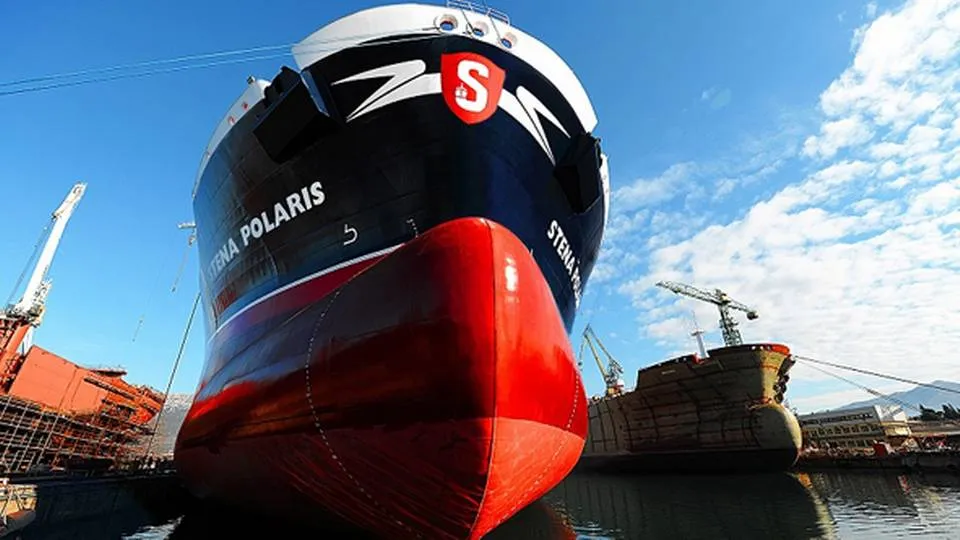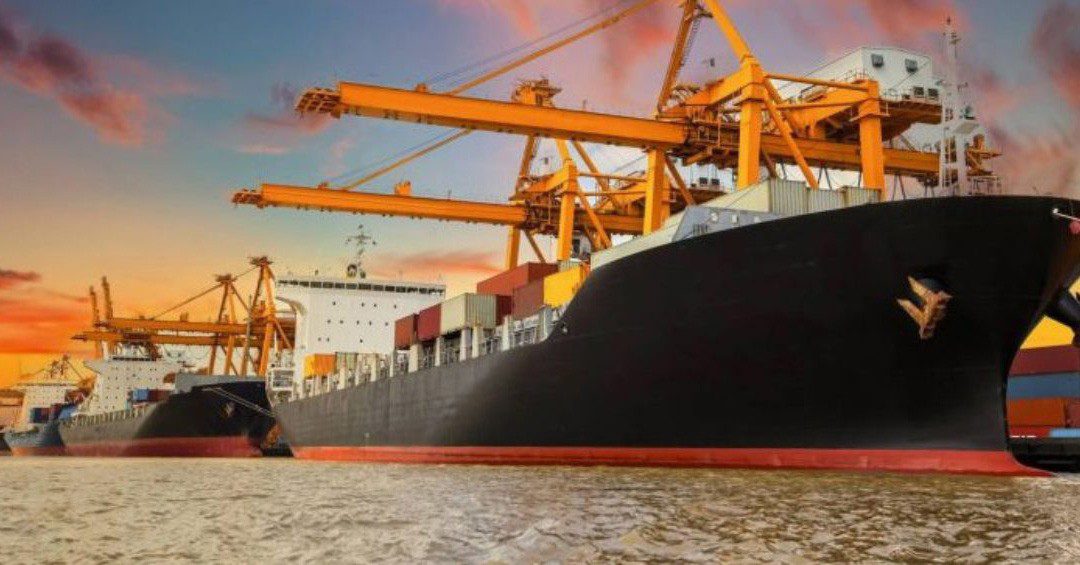License agreements with major Korean businesses was the turning point for MAN B&W Diesel in South Korea. In time, however, China will be a bigger part of the Asian business, says Lars Bryndum, managing director of the company’s office in Korea, to WPO.
 Photo: Stena Bulk
Photo: Stena Bulk
BEIJING
South Korea is an important market for many Danish subcontractors. And the country has also helped boost the growth of MAN Diesel & Turbo, the global market leader in two-stroke propulsion engines, says Lars Bryndum, managing director of MAN Diesel & Turbo in Korea, to WPO, in the airport in Beijing en route to the important shipyard city of Busan, South Korea. Three of of the world’s biggest shipyards are found within a radius of approximately 60 kilometers from Busan: Hyundai Heavy Industries, Daewoo Shipbuilding & Marine Engineering (DSME), and Samsung Heavy Industries, as well as countless subcontractors.
Samsung cancels major order from European shipowner
“We’re very strong in Korea,” he says, adding:
“Development has been moving ahead in step with the growing global trade. Shipping will keep growing, new ships are needed, they have to be more economical and they have to be more environmental. And that’s a development that we’re deeply involved in – we have a good technical platform and good relations with the engine manufacturers that we’ve made license agreements with,” says Lars Bryndum.
License agreements are crucial
And the license agreements are an essential part of MAN Diesel & Turbo’s Korean success story, a story that goes back decades, to the 1970s, when South Korea decided to do like the Japanese and began to use the country’s steel industry for building ships, challenging its neighbors in the field. Around 1976, several Korean companies, including Hyundai, contacted the machine- and shipbuilding company Burmeister & Wain in Copenhagen, whose engine division was later acquired by MAN and became MAN Diesel & Turbo. The companies wanted to buy the licenses for Burmeister & Wain’s two-stroke engines, as well as the co-called gensets, the engines that generate electricity for the ships. And that was the turning point, says Lars Bryndum.
Weak Yen creates boom in orders at Asian shipyards
“At the beginning of 1980, our market position wasn’t particularly strong, but with Korea’s long term and comprehensive expansion of its ship- and engine production, we developed a collaboration and a division of tasks. The Koreans focus on product optimization, and we’re flexible in regards to appropriate changes to the designs,” says Lars Bryndum, who adds that MAN Diesel & Turbo’s own production of two-stroke engines in Denmark was cancelled around the same time.
Offices centralized in Busan
“The freed resources are then used to boost the research in Denmark, in regards to improving the engines’ reliability and fuel efficiency.”
The increased collaboration with Korean companies such as Hyundai, STX, and Doosan quickly resulted in the establishment of local MAN offices in the country. For years, MAN Diesel & Turbo has offices in both Seoul and Busan, but the offices were merged in Busan in 2000. The size of the office has grown along with the country’s shipbuilding industry. Where the office once house a dozen employees, it has around 100 employees today. 35 people are working with production support for the engine manufacturers, their subcontractors, as well as for the shipyards, while others provide services for ships and operate a training- education centre for crews in Busan. Lars Brynd has headed the office twice. Once from 2000 to 2006, and then from January this year.
China is coming
Even though MAN Diesel & Turbo is well established in Korea, the company keeps an eye of other markets. The strategy is that, as soon as the market moves, the company will follow.
Lars Bryndum points out that approximately 40 percent of the world’s shipbuilding is done in Korea, 40 percent in China, and 20 percent in Japan. But estimates say that China could very well take the lead in terms of orders for traditional ship engines, as Korea is more focused on building specialized ships for the offshore industry, such oil- and gas production platforms and drilling ships. Ship types that wouldn’t normally use two-stroke engines.
Additionally, China is far from able to keep up with the amount of newbuildings, and is thus importing engines from Korea. So expectations are that China will in time become a bigger engine manufacturer than Korea is today.
“We have a presence in China today, but it’s a more difficult place to operate and it requires more resources due to the large distances between the shipyards, the engine manufacturers, and their subcontractors. But, in time, we’ll be bigger in China,” says Lars Bryndum.
Focus on Korea in the future
But he stresses that this does not in any way mean that the focus on Korea will become smaller. The future environmental requirements will result in new systems to reduce emissions, and new engines that can run on natural gasses have already been ordered from Korean yards, for LNG- and container ships.
Platou: Shipsyards will have loads of orders in 2013
“The new technologies surrounding gas fuels emission reductions means that the engines, the engine rooms, and the systems will become a tad more complicated. This means that we won’t be able to cut down on our support and presence in Korea for the next five years. We need to work closely with the shipyards, the engine manufacturers, and the shipowners in order to follow up on the new products,” says Lars Bryndum.
Brokers surprised by heavy newbuilding activity
Sea Asia: China poised for dominance of the offshore market
Maersk Line: Good alternatives to new eco ships
Danish Ship Finance: Newbuilding prices could plummet to 2002-level





